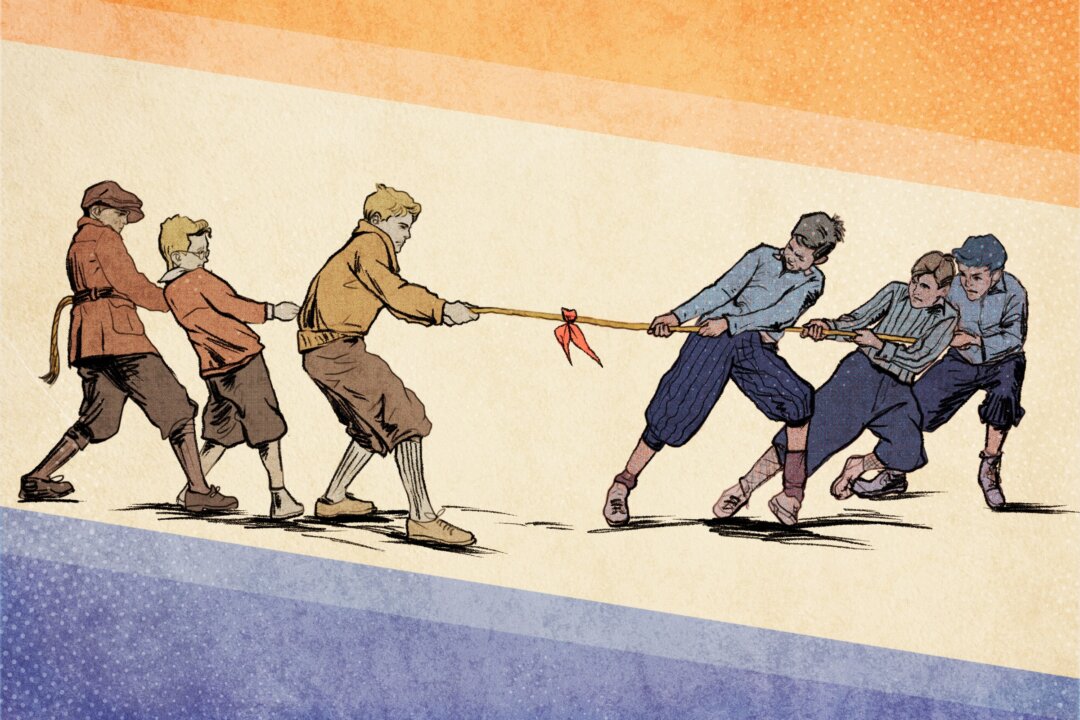In 1954, psychologists assembled 22 fifth-grade boys, split them into two camps, and observed how rivalry turned to friendship. With the groups established, the second phase of the experiment began: The Eagles and the Rattlers were made aware of each other’s existence. The outcome? They met and immediately began competing.
They engaged in games like tug-of-war, touch football, and scavenger hunts, and as they competed, their hostility escalated. The conflict began with name-calling and quickly intensified. The boys were setting each other’s flags on fire and throwing rocks, preparing for an all-out brawl.

The experimenters had to intervene and separate the boys. After all, it was a psychological experiment, not a war simulation. Next came the challenge of reconciliation.
This marked the beginning of Phase 3. Initially, the boys were encouraged to interact through films and play, but this “mere contact” approach proved inadequate, often leading to further conflicts. This called for a new approach.
The experimenters introduced cooperative tasks that required both groups to collaborate toward shared goals. One task involved unlocking a faucet to resolve a water shortage problem. Another required pooling funds together for a movie both groups wanted to see.
By the evening, the Eagles and Rattlers were friends—they shook hands, dined together, and even shared a few malts while watching the film. “People that band together for a superordinate goal can transcend obstacle.























